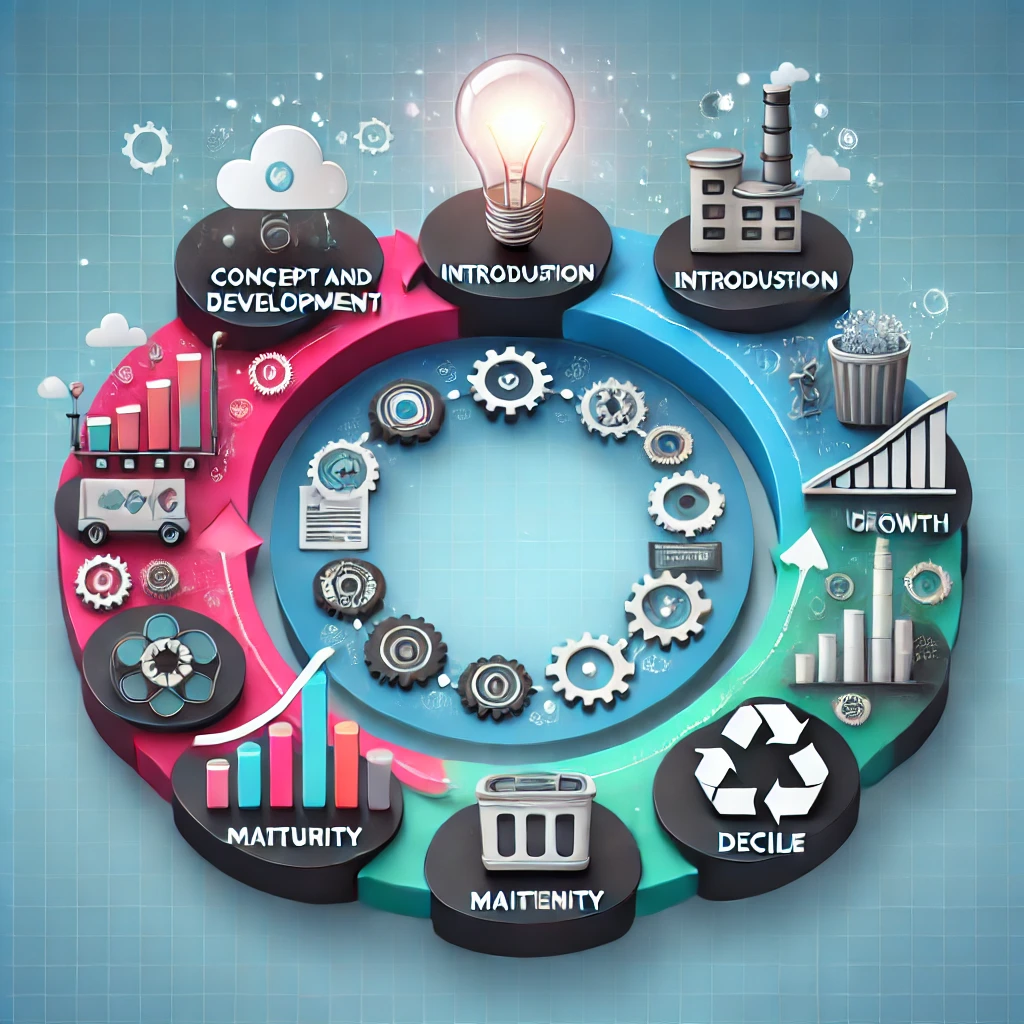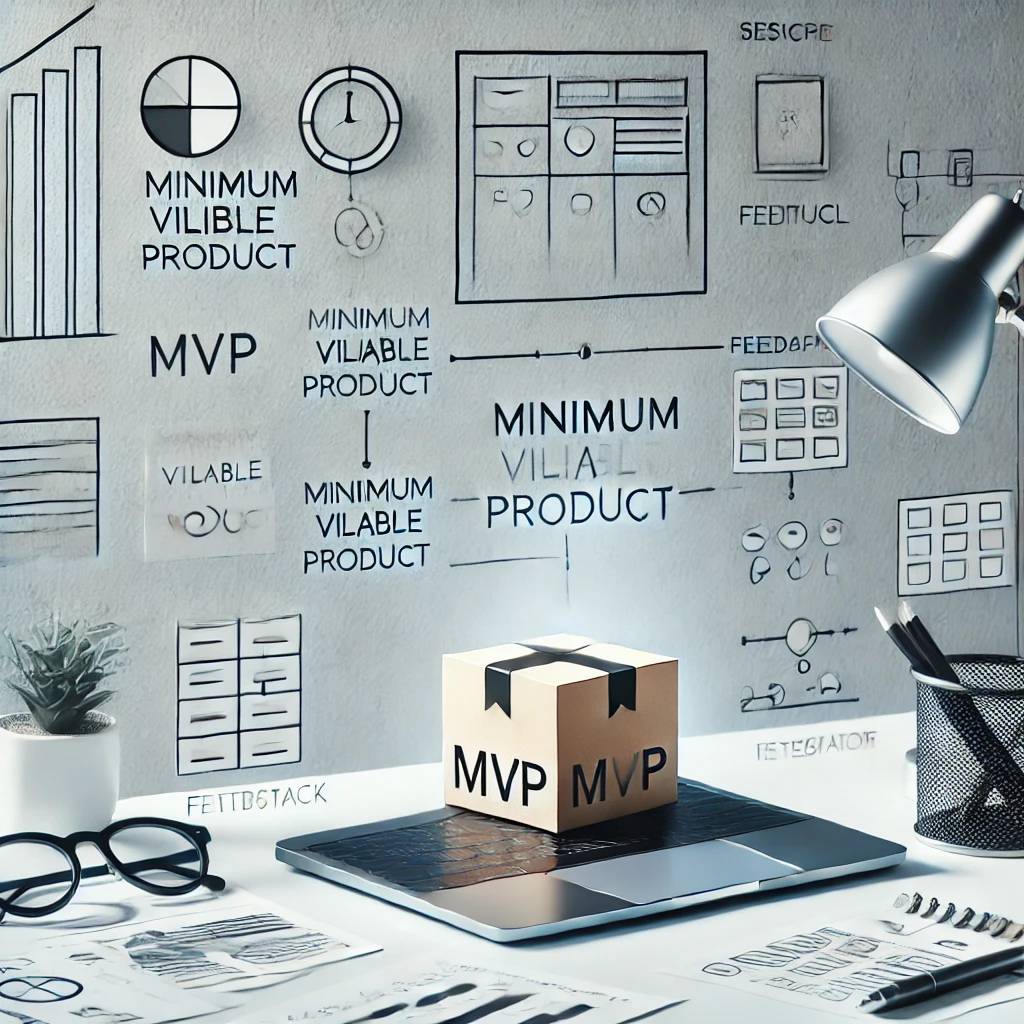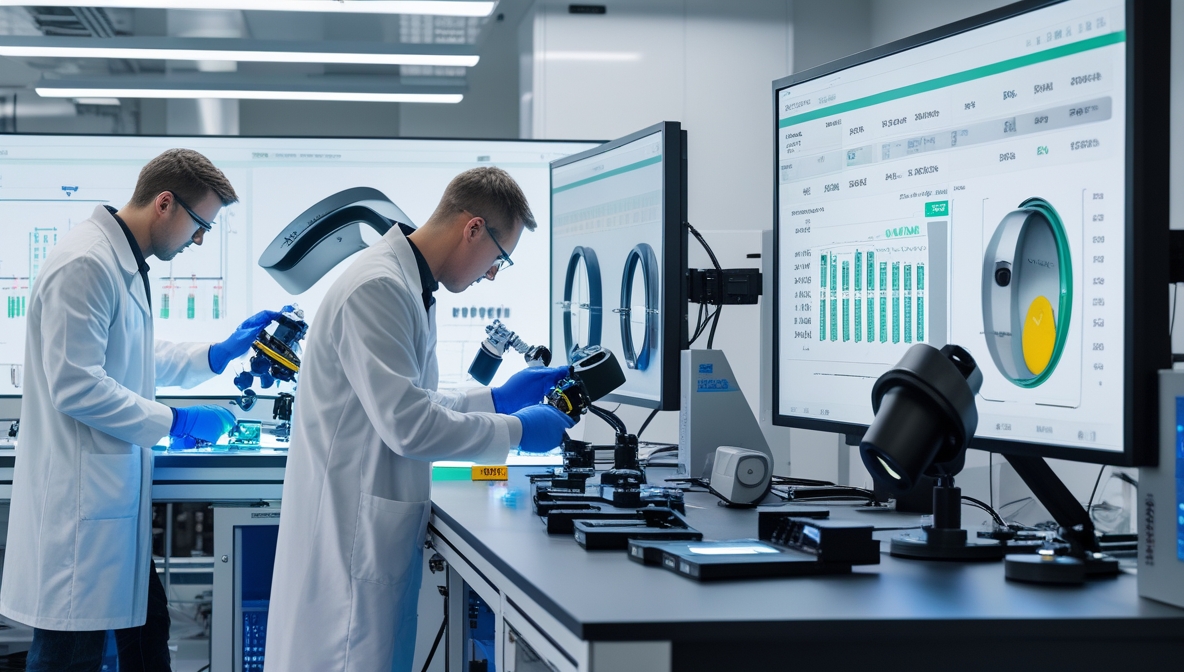Product Lifecycle Management (PLM) is a strategic approach that guides products from their initial conception through development, market launch, growth, maturity, and eventual retirement. Effective PLM ensures that businesses maximize profitability, maintain product quality, and streamline processes throughout each stage of the product lifecycle. This comprehensive guide delves into the importance of PLM, key phases, benefits, best practices, and how companies can optimize their product portfolios for long-term success.
What is Product Lifecycle Management (PLM)?
PLM is a systematic process that manages the entire lifecycle of a product. From ideation and design to production, service, and disposal, PLM integrates people, processes, and technology to ensure seamless product development and market sustainability. Companies across industries implement PLM to reduce costs, increase innovation, and stay competitive in fast-evolving markets.
Why Product Lifecycle Management Matters
Effective PLM is crucial for businesses aiming to innovate consistently and bring high-quality products to market. Key reasons why PLM matters include:
- Reduced Time-to-Market: Accelerates product development, allowing companies to respond to market demands faster.
- Cost Efficiency: Minimizes unnecessary expenditures by streamlining design, manufacturing, and supply chain processes.
- Improved Product Quality: Ensures quality control throughout each stage, reducing recalls and product failures.
- Regulatory Compliance: Helps companies adhere to industry standards and regulations by tracking design specifications and product history.
- Enhanced Collaboration: Facilitates cross-department collaboration, enabling seamless communication and data sharing.
- Lifecycle Transparency: Provides insights into the performance of products at each stage, allowing for informed decision-making.
Key Stages of Product Lifecycle Management
The product lifecycle consists of five primary stages. Each phase requires specific strategies to maximize efficiency and profitability.
- Concept and Development
- Ideation: This initial stage focuses on generating ideas based on market research, customer needs, and technological advancements.
- Feasibility Studies: Assessing the technical, operational, and financial viability of product ideas.
- Prototyping: Developing prototypes and conducting initial testing to refine design and functionality.
- Stakeholder Alignment: Engaging teams across marketing, engineering, and production to align on product specifications.
- Introduction
- Product Launch: The product is introduced to the market through carefully planned marketing and distribution strategies.
- Scaling Production: Manufacturing processes are scaled to meet market demand while maintaining quality control.
- Feedback Collection: Early customer feedback is gathered to identify potential improvements.
- Growth
- Market Penetration: Expansion strategies are employed to increase market share and maximize revenue.
- Continuous Improvement: Enhancements and updates based on user feedback and market trends.
- Brand Building: Focus on establishing brand reputation and fostering customer loyalty.
- Maturity
- Optimization: Cost optimization strategies are implemented to sustain profitability as competition increases.
- Differentiation: Differentiating the product through new features, partnerships, or market positioning.
- Maximizing Longevity: Extending the product’s lifecycle by identifying new markets or introducing variations.
- Decline and End-of-Life
- Phasing Out: As demand decreases, the product is gradually phased out, with production scaling down.
- Product Retirement: The product is removed from the market, and support services may be reduced.
- Knowledge Transfer: Data from the product lifecycle is archived for future reference and new product development.
Benefits of Product Lifecycle Management
Implementing PLM offers a range of benefits that drive business growth and improve operational efficiency:
- Cost Reduction: Streamlined processes and optimized resource allocation lower overall costs.
- Faster Innovation: By managing design iterations efficiently, companies can innovate and introduce new products more rapidly.
- Risk Mitigation: PLM helps identify potential issues early, reducing the likelihood of costly errors or recalls.
- Sustainability: PLM facilitates eco-friendly design and manufacturing, supporting sustainable development goals.
- Customer Satisfaction: Consistently delivering high-quality products enhances customer satisfaction and retention.
Best Practices for Effective Product Lifecycle Management
To maximize the effectiveness of PLM, businesses should adopt the following best practices:
- Integrate PLM Software PLM software solutions streamline data management, enhance collaboration, and provide real-time insights into product development.
- Foster Cross-Functional Collaboration Encourage collaboration across departments to ensure that all aspects of the product lifecycle are considered.
- Adopt Agile Methodologies Agile PLM approaches enable flexibility and responsiveness to market changes, fostering continuous improvement.
- Focus on Data-Driven Decision Making Leverage data analytics to monitor product performance, identify trends, and make informed decisions.
- Prioritize Sustainability Incorporate eco-friendly design principles and sustainable materials to align with regulatory requirements and consumer expectations.
- Engage with Customers Actively seek customer feedback to refine products and anticipate market needs, ensuring long-term relevance.
Challenges in Product Lifecycle Management
While PLM offers numerous benefits, businesses may encounter challenges during implementation. Common obstacles include:
- High Initial Costs: Deploying PLM systems can require significant investment.
- Complex Integration: Integrating PLM with existing enterprise systems may pose technical challenges.
- Resistance to Change: Employees may resist adopting new processes or technologies.
- Data Management: Handling vast amounts of data across different lifecycle stages can be daunting.
Overcoming PLM Challenges
To overcome these challenges, businesses should:
- Invest in Training: Educate employees on the benefits of PLM and provide comprehensive training.
- Choose Scalable Solutions: Opt for PLM systems that can scale with business growth.
- Engage Stakeholders Early: Involve key stakeholders from the outset to ensure smooth adoption and alignment.
Conclusion
Product Lifecycle Management is essential for companies seeking to maintain competitiveness and drive innovation. By effectively managing products from concept to retirement, businesses can reduce costs, accelerate time-to-market, and enhance product quality. In an era where agility and sustainability define market leaders, investing in PLM is not just a strategic choice—it is a necessity for long-term success.







